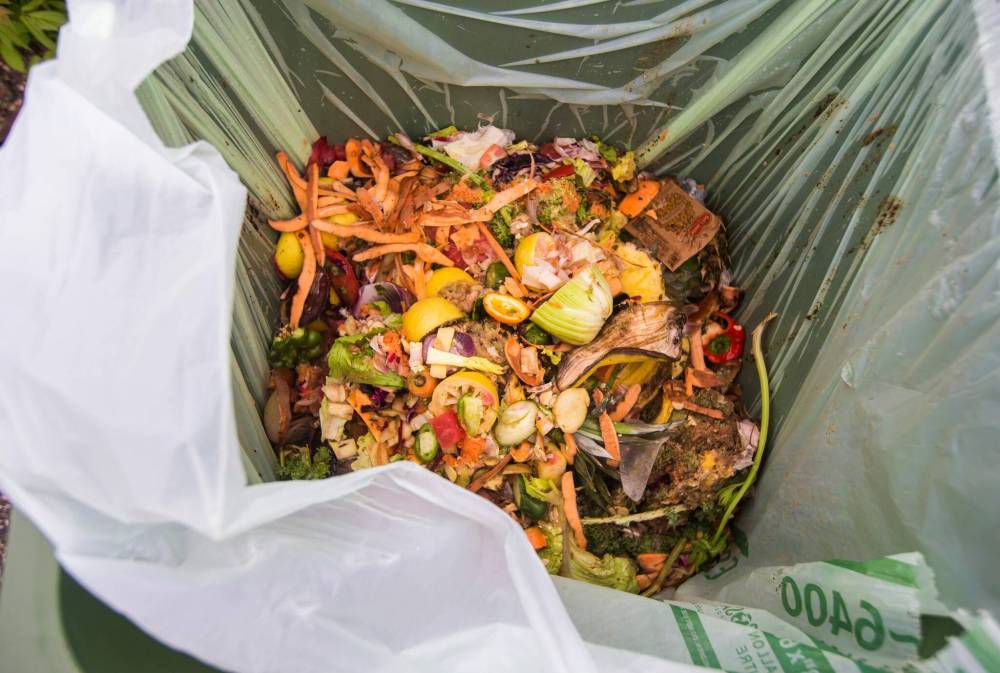
Possible New Self-Driving Regulations and Policies As self-driving vehicles continue to evolve, the regulatory landscape surrounding them is poised for significant change under the new Trump administration. With advancing technologies promising increased safety, efficiency, and convenience, the government's approach to self-driving vehicle regulation will be crucial in shaping their future. Historically, self-driving vehicle policies have fluctuated between promoting innovation and ensuring public safety.
The Trump administration has expressed a strong pro-business stance, suggesting a potential acceleration in the rollout of self-driving technology. This will likely involve a push for streamlined regulations that would facilitate testing and deployment, encouraging private sector investment and innovation. A key player in this new regulatory environment will be the United States Department of Transportation (USDOT).
With the promise of reevaluating existing policies and infrastructure, the USDOT may introduce updated guidelines that govern testing procedures, safety requirements, insurance and liability. This could mean reducing bureaucratic hurdles for tech companies while ensuring a robust safety framework. Many are hopeful that changes may include harmonizing federal and state regulations, which has been a significant challenge for the industry and led to a virtual hodgepodge of legislation nationwide.
A unified approach could help expedite the approval process for self-driving vehicles, making it easier for manufacturers to navigate the regulatory and national landscape. Additionally, the new administration may focus on creating a framework for public-private partnerships, fostering collaboration between government agencies and tech companies. However, these changes will not be without potential pitfalls.
Balancing innovation with public safety will be essential. This administration must address concerns regarding crashes involving self-driving vehicles, data privacy, and importantly ethical considerations in programming autonomous systems. As always, building public trust will be paramount, as widespread adoption relies on consumer confidence in the technology.
The future of self-driving vehicles under the new Trump administration presents both opportunities and challenges. With potential for streamlined regulations and updated USDOT policies, the path forward could lead to a transformative era in transportation. However, careful consideration of safety and ethical implications will be vital in navigating this rapidly evolving landscape.
This could also have significant implications for Tesla and its CEO, Elon Musk. As a pioneer in electric and self-driving vehicle technology, Tesla stands to benefit greatly from potential regulatory changes while also facing notable challenges. Leniency in the regulatory framework could expedite Tesla's self-driving technology rollout, including streamlined approval processes for testing and software updates.
Further as other manufacturers navigate regulatory hurdles, Tesla could capitalize on a favorable environment to establish itself as the leader in self-driving technology. Enhanced capabilities could strengthen its brand as the go-to choice for consumers interested in vehicles that are both electric and self-driving and a well-established brand. But all is not rosy, safety and liability concerns are pervasive.
The promise of regulatory changes may intensify focus on safety and crashes could lead to increased scrutiny from regulators and the public. As regulations evolve, traditional automakers may ramp up their investments in self-driving technologies to catch up with Tesla. A wider range of competitors could challenge Tesla's market share, making it essential for the company to stay ahead in innovation and consumer trust.
Companies like Waymo and Aurora could benefit significantly. Less cumbersome approval processes might allow them to accelerate their testing and deployment of self-driving vehicles, enabling them to bring their technologies to a wider market faster than competitors. Importantly, companies like Waymo and Aurora might work alongside local governments to implement pilot programs, showcasing their technologies in more real-world settings while gaining valuable data for further development.
Regulatory discussions can shape public perception of self-driving vehicles. Success will hinge on maintaining consumer confidence in the technology. Ethical concerns surrounding decision-making algorithms and data privacy must be addressed to ensure that consumers are willing to embrace self-driving vehicles.
Consistently delivering higher safety standards to avoid negative public perception and potential legal liabilities will go a long way. For all these companies, while a favorable environment might hasten their technological advancements and market reach, they will have to navigate the evolving landscape. Adaptability and responsiveness to regulatory shifts will be key to future success in the self-driving vehicle industry.
Regulators are cautioned to keep their eye on the prize. Their obligation is to their constituents and wringing the most out of self-driving technology to benefit their districts. Questions For Regulators to Ask Beyond Safety 1.
Affordability: Does the technology provide affordable transportation solutions? 2. User Diversity: Is the technology designed to benefit a wide range of users, including those from urban and rural areas, as well as affluent, middle-class, and marginalized groups, or people with mobility challenges? 3. Workforce Impact: What are the effects on the workforce? Are there job training programs available for workers? 4.
Transition Support: Are there options for transitioning workers into new roles within technology or related fields? 5. Community Investment: What investments are local communities making to promote workforce development initiatives where the technology operates, and how are they creating job opportunities to stimulate local economic growth? By taking these steps, regulators, companies, and community leaders can work together to create a regulatory environment for self-driving vehicles that promotes equity and ensures that all members of society benefit from the advancements in transportation technology. It’s crucial to prioritize inclusivity and consider the diverse needs of all communities and stakeholder groups during this transition.
The Trump administration has the ability to radically improve mobility for large swaths of Americans no matter where you reside in this country. We look forward to thoughtful progress towards regulation that provides access to new mobility, thus freedom of movement for all. This will not only enhance the quality of life for individuals but also strengthen communities by connecting people to jobs, education, and essential services.
By fostering collaboration across sectors and maintaining an open dialogue with the public, we can ensure that the regulatory framework is responsive to the needs of all citizens. Together, we can build a transportation system that is equitable, sustainable, and beneficial for everyone, paving the way for a brighter future. Transportation is Mobility and Mobility is Freedom TM.














